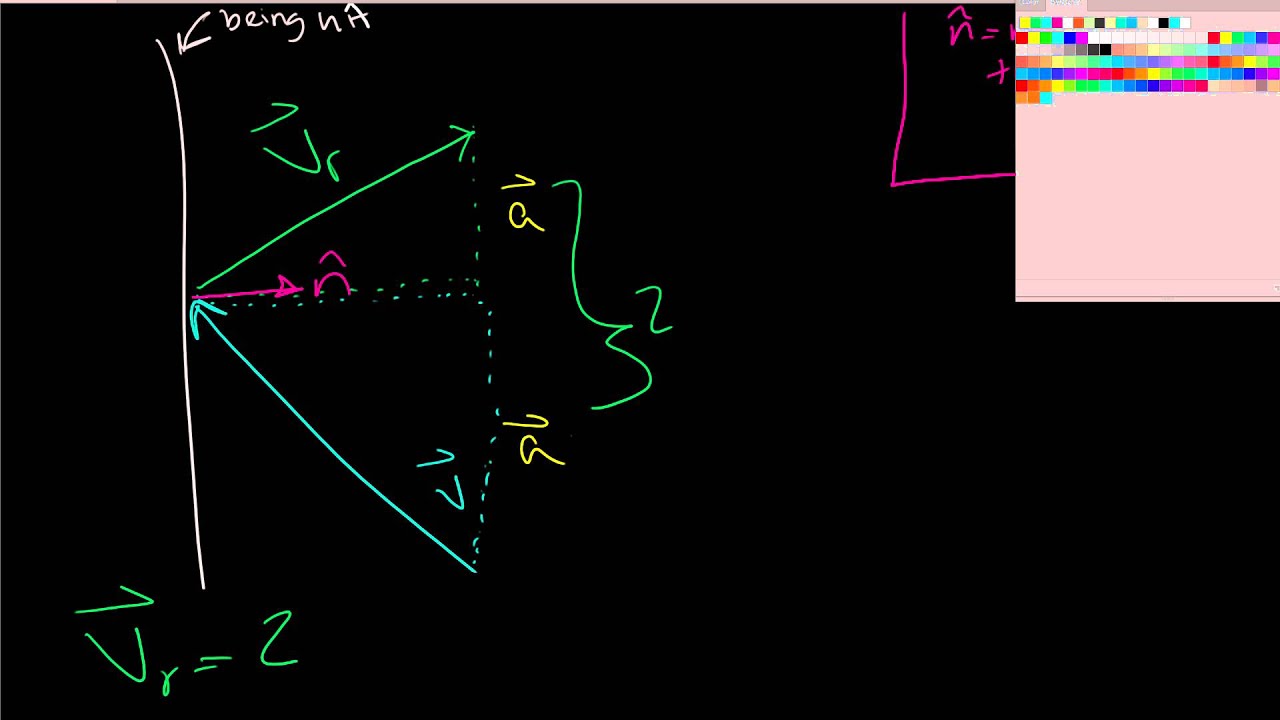


the reflected beam is purely S polarized). This CalcTown calculator calculates the reflected angle when the incident angle is given using the Law of reflection. Say you are standing in front of a mirror the image of yourself in the mirror is a mirror image. Step 2 : With the same distance plot another point at the bottom of y 1. Distance between A from the horizontal line is 2 units. Step 1 : Calculate the distance between the horizontal line and the point F.
#Reflection calculator y plus#
Brewster's angle is a special incidence angle which results in P polarized being completely transmitted (i.e. Read more y x2: A Detailed Explanation Plus Examples Let’s first discuss what is meant by a mirror image. Rules to be followed : Draw the line y 1. TIR can occur only if material 2 has a lower refractive index than material 1 and even then the incidence angle must be larger than a so called critical angle. For convenience, the calculator also computes an average result corresponding to unpolarized light.Īdditionally, this calculator computes the refraction angle, the angle for total internal reflection (TIR) and Brewster's angle. Therefore, the results are different for S polarization (E-field vector sticking out of the paper if you draw the interface) and P polarization (E-field vector within the incidence plane). These depend on the refractive indexes of the two materials as well as the incidence angle and polarization of the wave in material 1. This enables you to foresee the design challenges and make the required tweaks to achieve the desired board functionality.This calculator computes the power reflectivity and transmission of a plan wave at a dielectric interface using the Fresnel equations. Translation And Reflection Calculator Pashto Transliteration.
#Reflection calculator y how to#
Sierra Circuits’ Transmission Line Reflection Calculator will greatly help you to understand the signal characteristics during the design phase. Demonstration of how to reflect a point, line or triangle over the x-axis, y-axis, or any line. A screen pops up displaying the voltage at the input and output of the transmission line.Ī transmission line should have a uniform characteristic impedance to avoid signal reflections. To view these values, click on Show Calculations. r o r i g i n ( 1, 2) ( 1, 2) Example 2 r o r i g i n ( 3, 4) ( 3, 4) Eample 2 shows the same reflection over origin. The mirror equation calculator includes the following: Concave mirror calculator Convex mirror calculator and Plane mirror calculator. The tool calculates the incident voltage (V i), reflected voltage (V rl), and the output voltage (V o) at the source and the load for different time intervals based on the input. Signal reflection at input and output end Steps to use Reflection Calculator:- Follow the below steps to get output of Reflection Calculator Step 1: In the input field, enter the required values or functions. In this case, the x axis would be called the axis of reflection. Think about what the reflection across the x-axis would look like. The signal reflections at the input and output ends of the transmission line are represented by red and green curves, respectively. A reflection of a point, a line, or a figure in the X axis involved reflecting the image over the x axis to create a mirror image. Reflection Drag points A, B, and C to other positions in the first quadrant to change the shape of triangle ABC. Once the values of these parameters are entered, hit Calculate to view the voltage versus time graph. You can click on help ( ?) to learn more about these. In the input section, provide the following data: The Transmission Line Reflection Calculator has 2 sections: Input and Output

How to use the Transmission Line Reflection Calculator Transmission Line Reflection Calculator This tool graphically depicts the ringing of a signal at the source and load of a transmission line. These reflections are referred to as ringing. Distance to point of reflection The distance from the preimage to the point of reflection is equal to the distance from the point of reflection to the image. The reflected signal propagates in the direction opposite to the main signal. r o r i g i n ( 1, 2) ( 1, 2) Example 2 r o r i g i n ( 3, 4) ( 3, 4) Eample 2 shows the same reflection over origin. Any discontinuity at any point will affect the uniformity of the characteristic impedance and cause reflections. The characteristic impedance of a PCB trace should remain constant to have a uniform transmission line. RLC Resonant Frequency and Impedance Calculator.Bandwidth Rise Time and Critical Length Calculator.Transmission Line Reflection Calculator.Trace Width and Current Capacity Calculator.


 0 kommentar(er)
0 kommentar(er)
